[featured image: Dinosaurs in the rough. But how many dinosaurs?]
Introduction
In the mid 1960s, Nikon surprised the audience of photo enthusiasts by introducing a 50–300 mm (6x) zoom lens. This was Nikon’s only fourth zoom lens after (chronologically) the Nikkor F 8,5~25 cm f/4~4.5 [external source], the crazy Nikkor F 20~60 cm f/9.5–10.5 [external source] and the widely reviled Nikkor F 43~86 mm f/3.5 [data sheet].
On its introduction, this lens sported the biggest zoom factor in the industry. Moreover, while earlier zooms had been either standard zooms (such as the Voigtländer Zoomar from 1959 or the Nikkor 43-86) or tele zooms (such as the Nikkor 85-250 or 200–600 or the Canon FL 85-300/5) this was the first zoom lens to reach all the way down to 50 mm in the wide end and all the way to 300 at the long end. This lens is nothing short of the precursor of all of the subsequent superzoom lenses that try to replace an entire bag of lenses.
Granted, unlike today’s 28-300 mm lenses (or even 18-400 if you’re on APS-C), this lens does not go beyond 50 mm into the wide-angle. Granted also, that unlike Nikon’s modern 28-300 mm superzoom, you actually have to have some muscle. At 2,3 kilograms of weight (about 2,5 times its modern replacement), and a length of 284 mm, this is not a lens that you add to your camera bag to be safe side. In fact, I had to take everything else out from by biggest shoulder bag (a Lowepro Magnum) to fit this lens in.
In his review of the successor model (the Nikon Ai 50–300 mm f/4.5) that was 5 cm shorter and 100 grams lighter, Nature photographer Bjørn Rørslett commented:
“It is a very big and heavy lens, and most people would never even think of using it hand-held. On a tripod, however, it’s a joy to use and probably should be considered the ultimate “travelling” lens when you tour the countryside by car. “
Bjørn Rørslett
By car? Tripod? Not me.
I packed some bisquits and juice cartons into the side pockets of my Fjällräven parka, slung the Magnum over my shoulder and left the tripod at home. Why? Because I was heading out with my 5-year old twins into the wild, eastern suburbs of Helsinki, and while the twins have leaned to humour dad and his camera, they have no patience with me starting to fiddle with a tripod.
The lens in question
A JAPB data sheet will be forthcoming, but the important thing to note is that from 1967 to 1999 Nikon made 5 variants of the 50–300/4.5 lens. The mainline specs are repeated in the table below:
| Type | Name | Years | Optical design | Length | Weight |
| F | 50–300/4.5 | 1967–1975 | 20 elements in 13 groups | 284 mm | 2300 g |
| K | 50–300/4.5 | 1975–1977 | 20 elements in 13 groups | 284 mm | 2300 g |
| Ai | 50–300/4.5 | 1977–1979 | 20 elements in 13 groups | 284 mm | 2300 g |
| Ai ED | 50–300/4.5 ED | 1977–1982 | 15 elements in 11 groups | 239 mm | 2200 g |
| Ai-s ED | 50–300/4.5 ED | 1982–1999 | 15 elements in 11 groups | 239 mm | 1950 g |
The lens I was carrying schlepping around was a late sample from the first variant, likely manufactured in 1974–75. While some of these lenses have been converted to AI spec, my sample was an original pre-AI sample.
Ergonomics
The 50–300/4.5 is a two-ring zoom (rear ring for zoom, front ring for focusing). The length lengthens ca. 4 centimeters when zooming from 50 to 300 mm, and another ca. two centimeters when focusing from infinity to MFD (which at 2,5 meters is not bad). The filter thread rotates on focusing, but to be honest, I’m guessing few people spend a lot on 95 mm polarising filters.
At 190 ° the focus throw is not unreasonable, and I noticed that I generally was quite happy with the balance (between quick refocusing and fine control) that the focus throw offered. Both rings have rubberised rings of the earlier Nikon type (diamond pattern).
The lens has a rather decent tripod collar, that rotates 360 °, but snaps nicely in horizontal and vertical positions ( 90/180/270/0 degrees). When mounted on a relatively light camera such as the Df the combination is clearly front-heavy, but with a pro-level camera (such as the F4) balance is quite good. As an added feature, the tripod collar also offers heavy duty eyelets for attaching a strap, which might come in handy.
Nikon used to offer a dedicated thread-mounted hood (the HN-11), but these are today not cheap. Moreover – as with all superzooms – the efficacy of such hoods is questionable to say the least.
What else? Oh yes, it’s a heavy lens. Hand-holding is not impossible (realistically you will always have your left hand supporting the focus ring), but I certainly see the background to Rørslett’s comment about a tripod (or even a decent monopod).
Out of nostalgia I decided to mount the lens on my Nikon Df, which I consider a relatively capable camera (I’ve already sold several more advanced Nikon dSLRs but I’m still hanging on to the Df). The Df has the advantage that it is quite compatible with pre-Ai lenses, and supports metering with pre-AI lenses in both full manual and aperture priority (just remember to set your lens’ maximum aperture in the non-CPU lens menu item)…
Obviously shooting the Nikkor 50–300/4.5 on any modern mirrorless camera using an adapter is a breeze.
Images and commentary
In general I was more than happy with the images, but in pixel peeping mode it is obvious that a tripod would have paid off. Similarly, there are some images where chromatic aberrations are clearly visible.
Regarding spherical aberration when shooting wide open I was mostly positively surprised, as the lens seemed less prone to SAs than most early zooms, this is especially true when focusing more toward infinity (at short range Spherical aberration was clearly visible)
Many early zooms – especially those with large zoom factors – had a tendency towards rather extreme geometric distortions, but I’m happy to say that this lens does not suffer badly. Obviously there are some geometric distortions, but based on these images really by no means field-relevant.
When shooting against the light the lens shows both ghosting and veiling (especially at some angles). Given that this lens is from before Nikon multi-coated all its lenses, this is by no means surprising.
I found no indications of field-relevant amounts of either vignetting (probably in-part thanks to that humongous front element) nor field curvature. I generally found the colour balance of the lens to be a bit on the warm side but quite realistic.
All images shot on 9.5.2024 between 16:30 and 18:05 on a Nikon Df. No edit in post (ACR default conversion from RAW), resize to 2048 and JPEG 60.
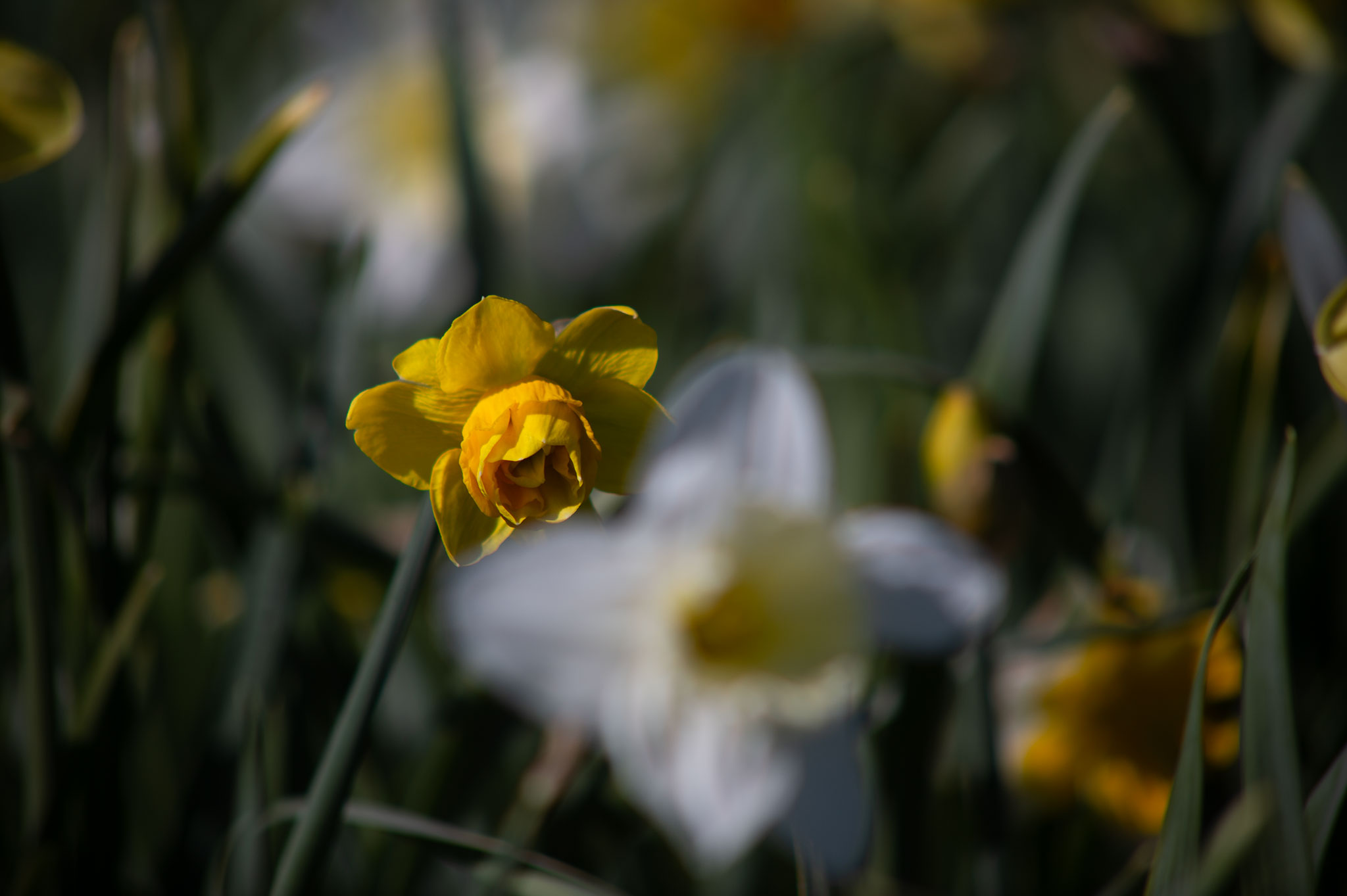
@ 200 mm, MFD, f/5.6, 1/1000 s, ISO 100
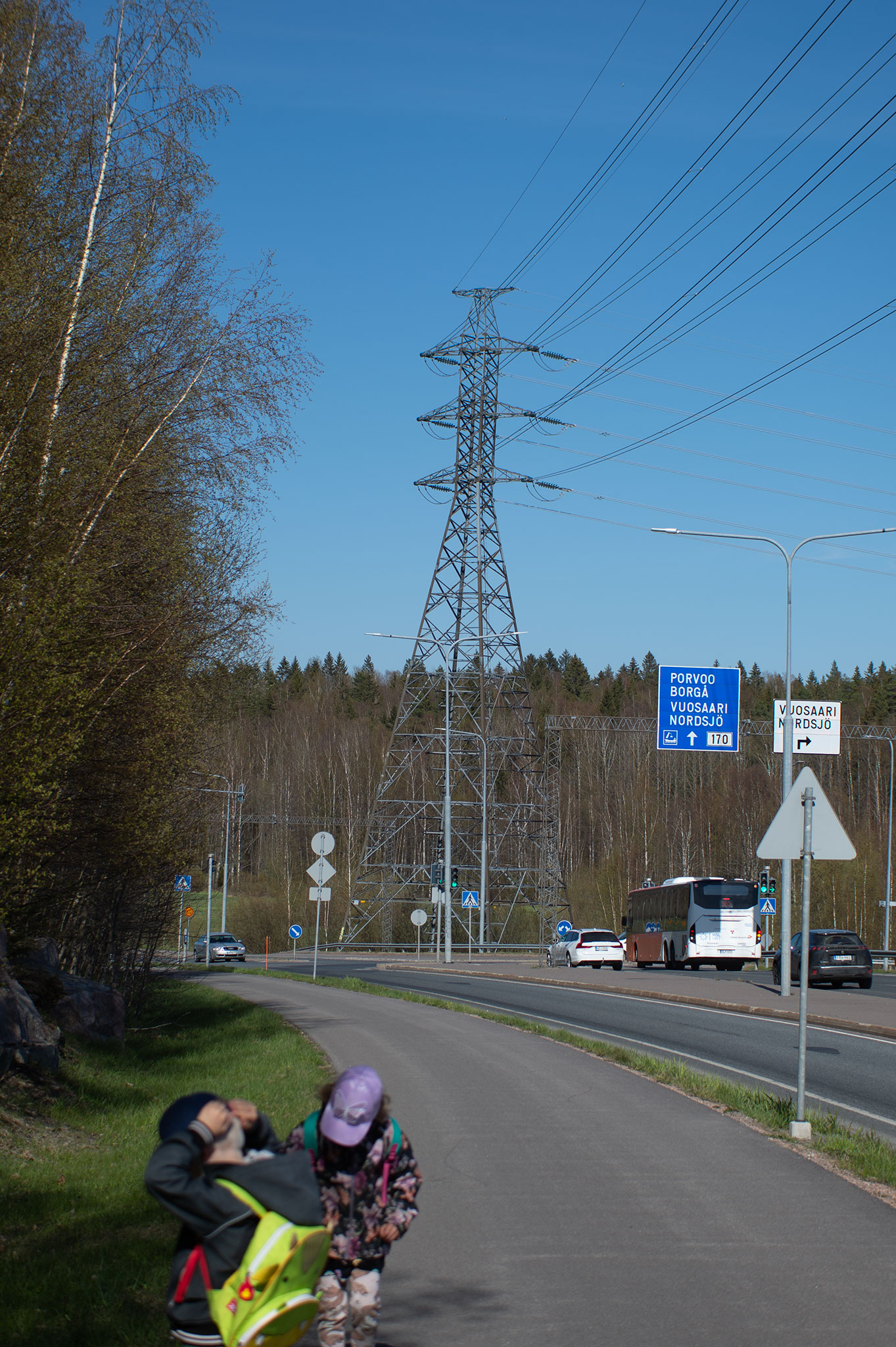
@ 50 mm, f/8, 1/800 s, ISO 100

@ 135 mm, MFD, f/4.5, 1/400 s, ISO 100

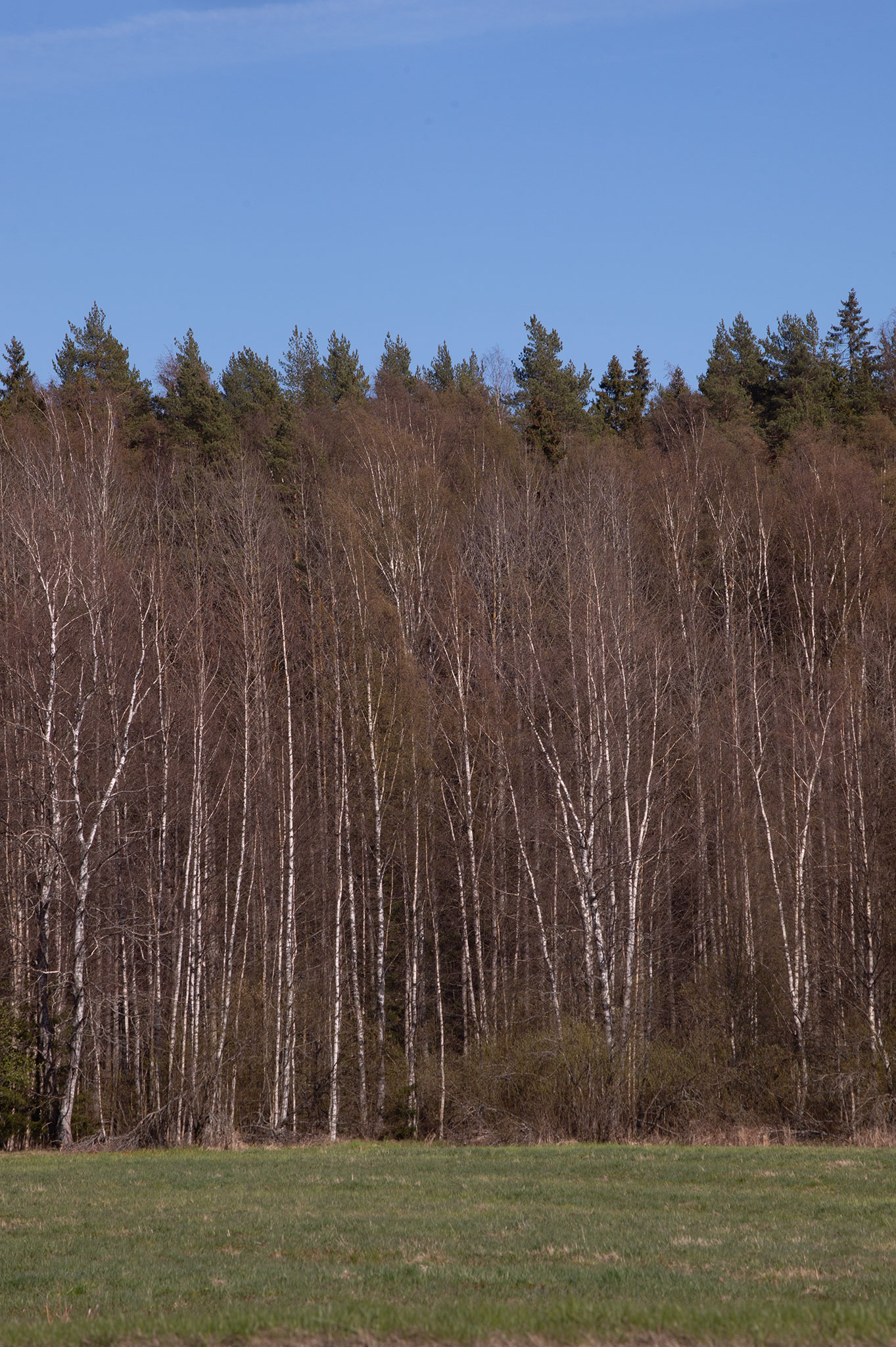
@ 135 mm, f/8, 1/500 s, ISO 100

@ 50 mm f/8, 1/100 s, ISO 100
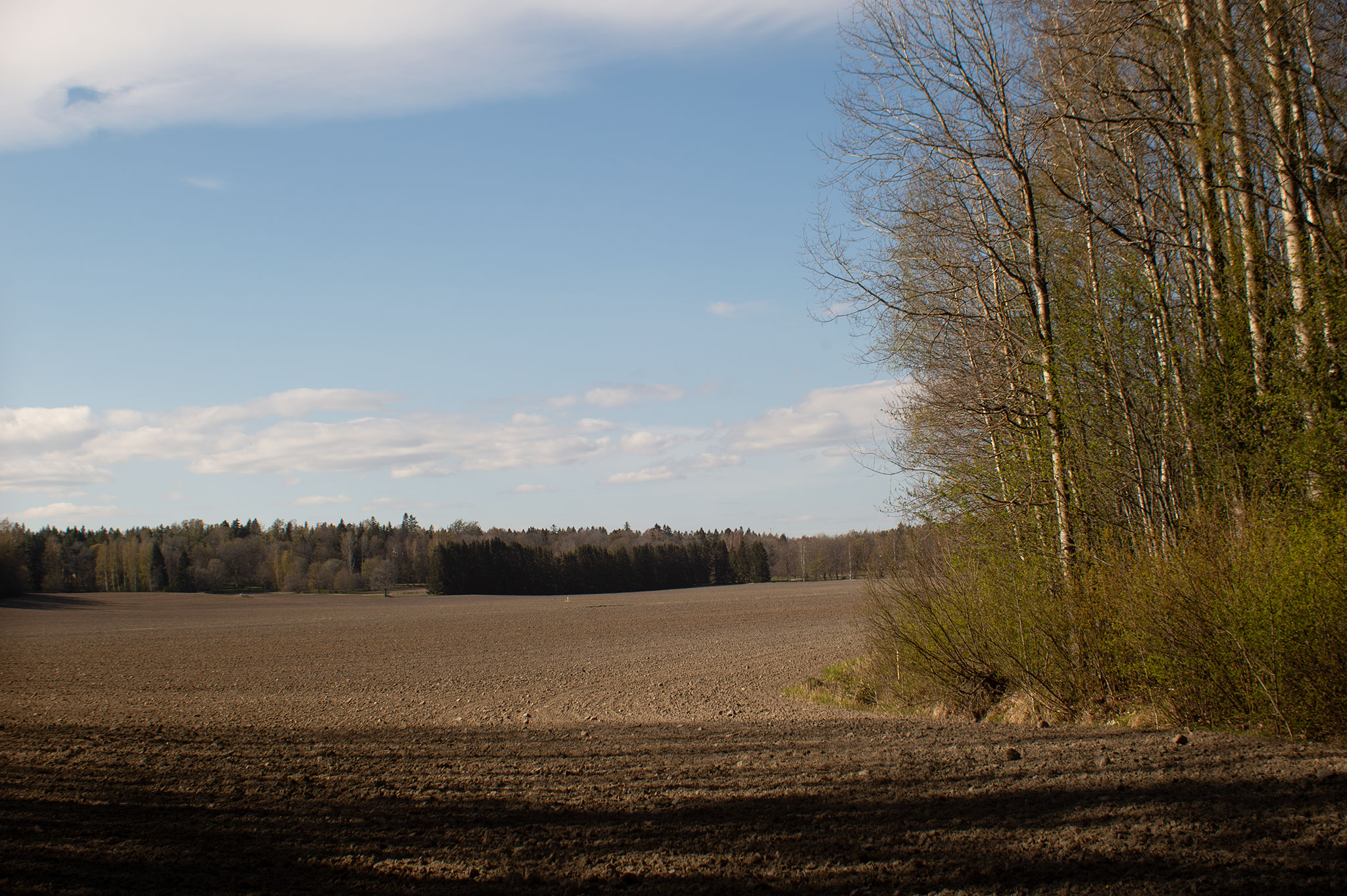
@ 50 mm f/8, 1/250 s, ISO 100
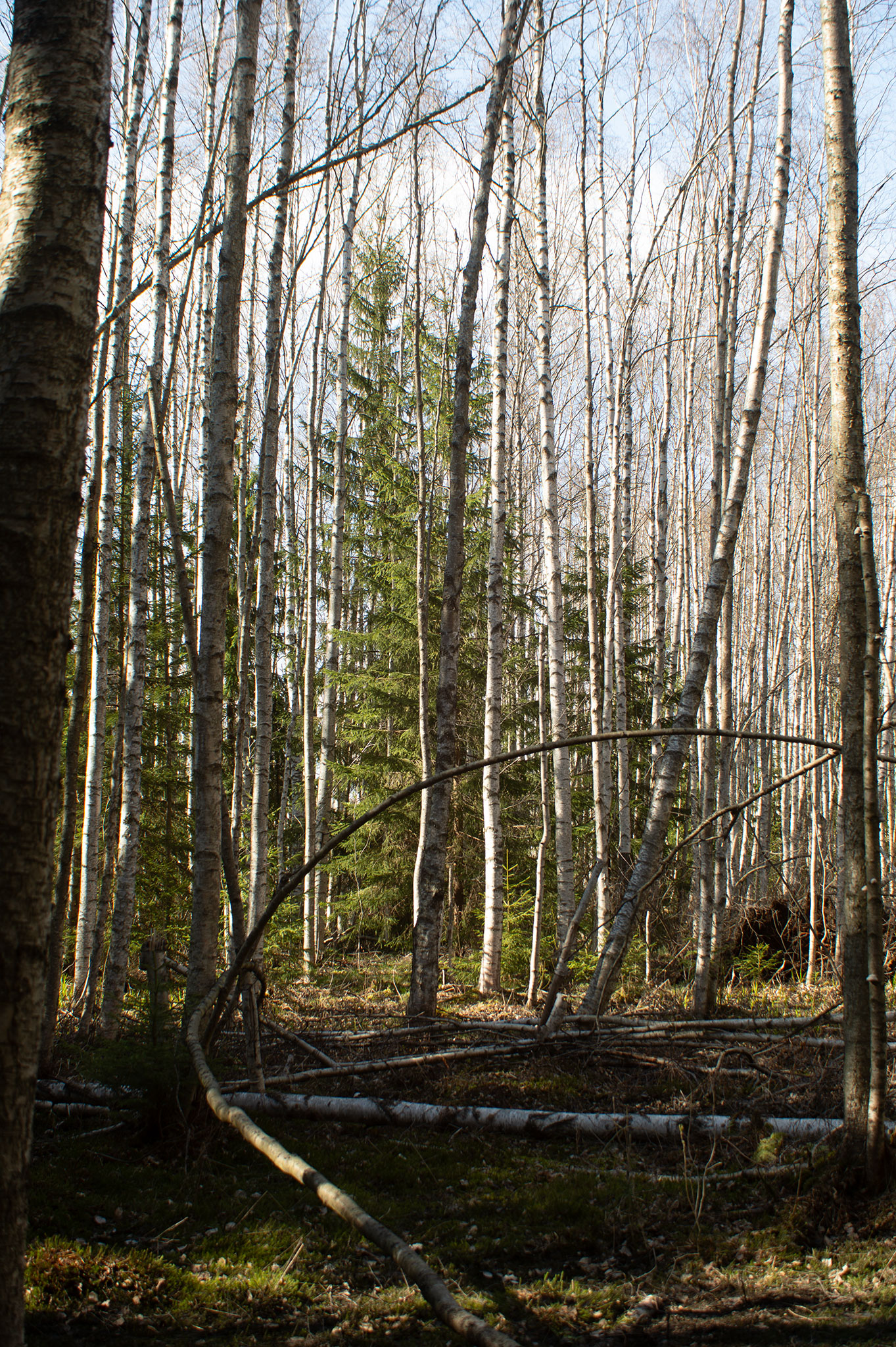
@ 50 mm f/8, 1/40 s, ISO 100
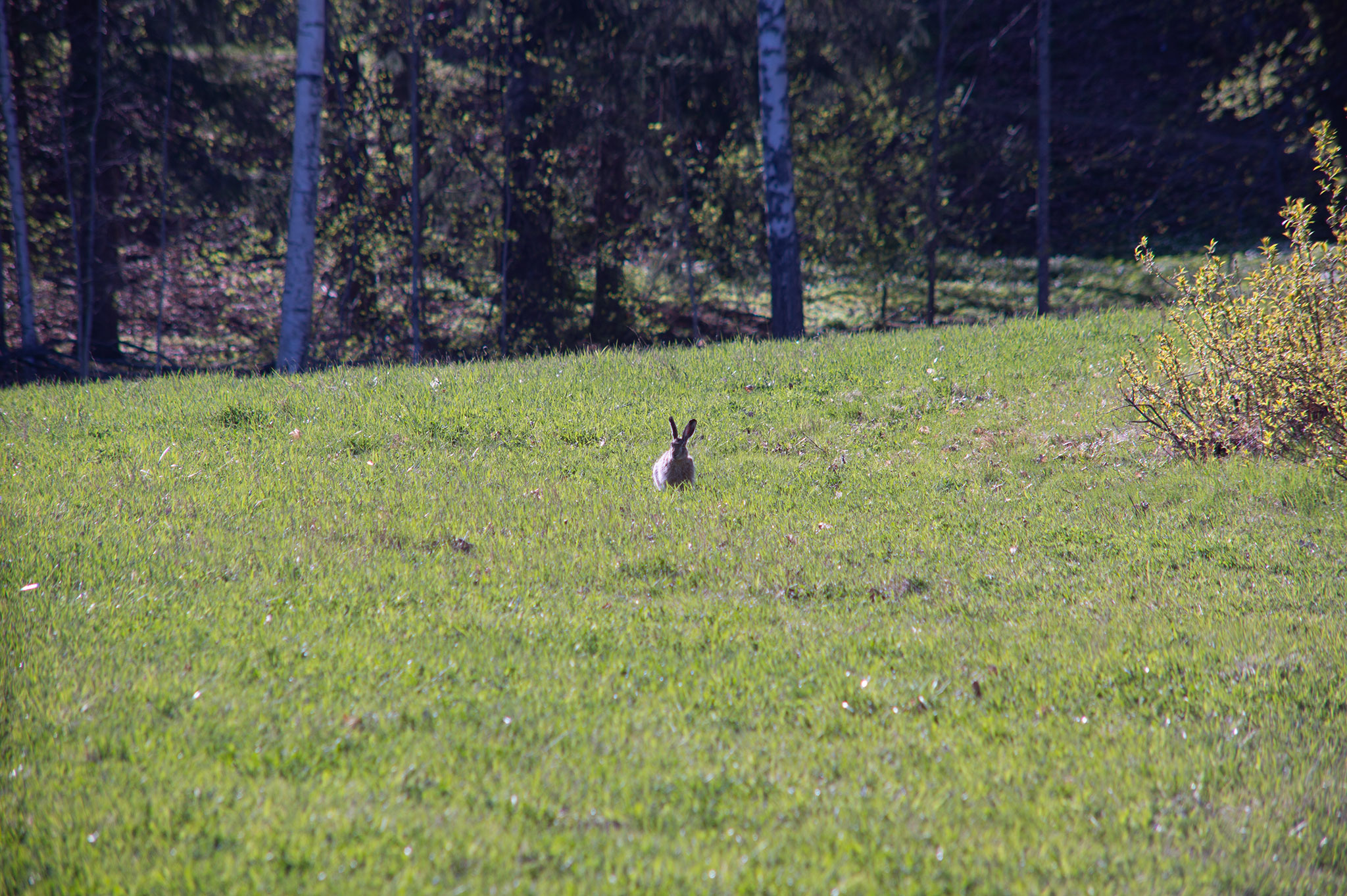
@ 300 mm f/8, 1/140 s, ISO 100

@ 300 mm f/8, 1/320 s, ISO 100
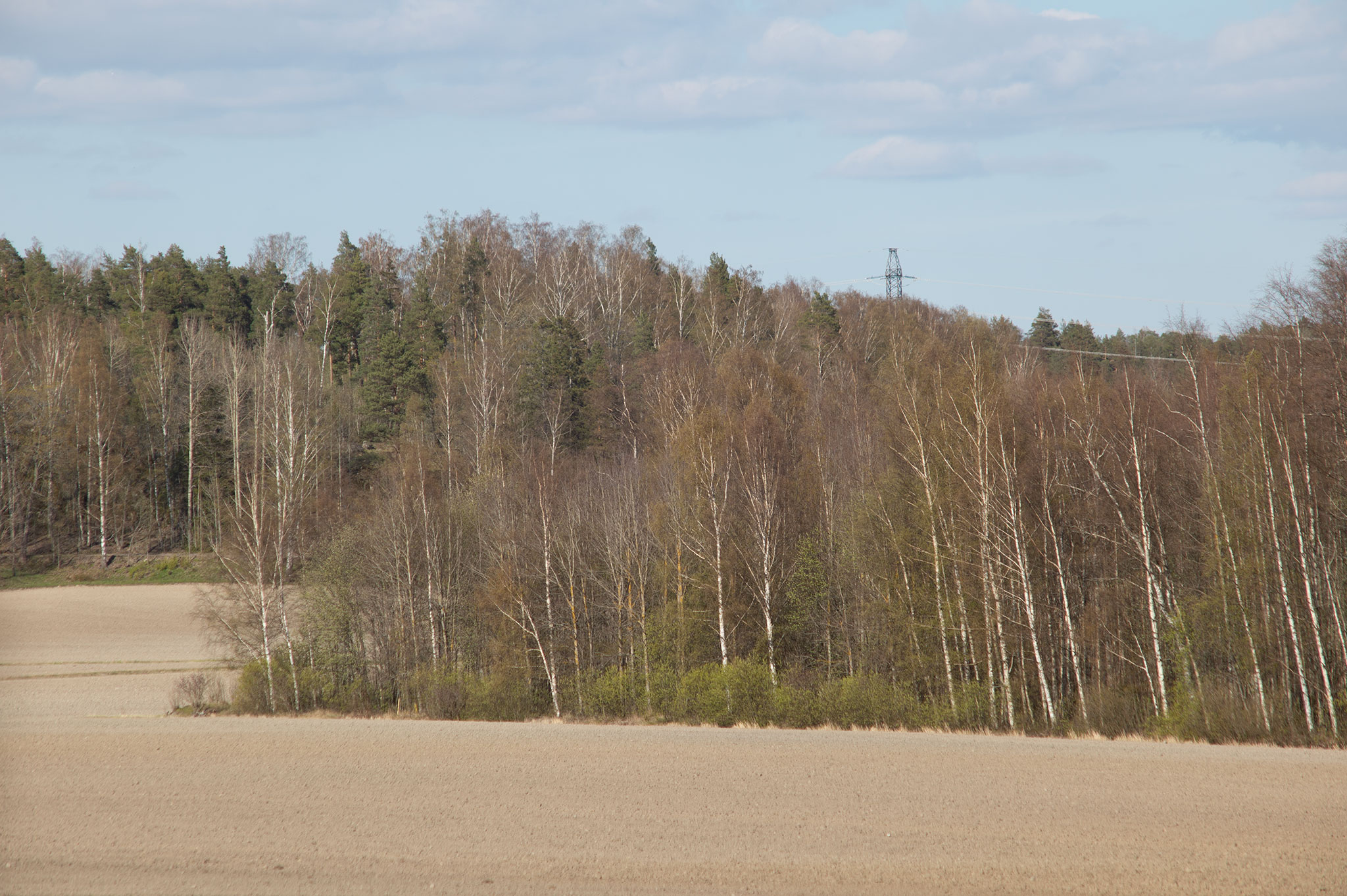
@ 300 mm, f/11, 1/500, ISO 200
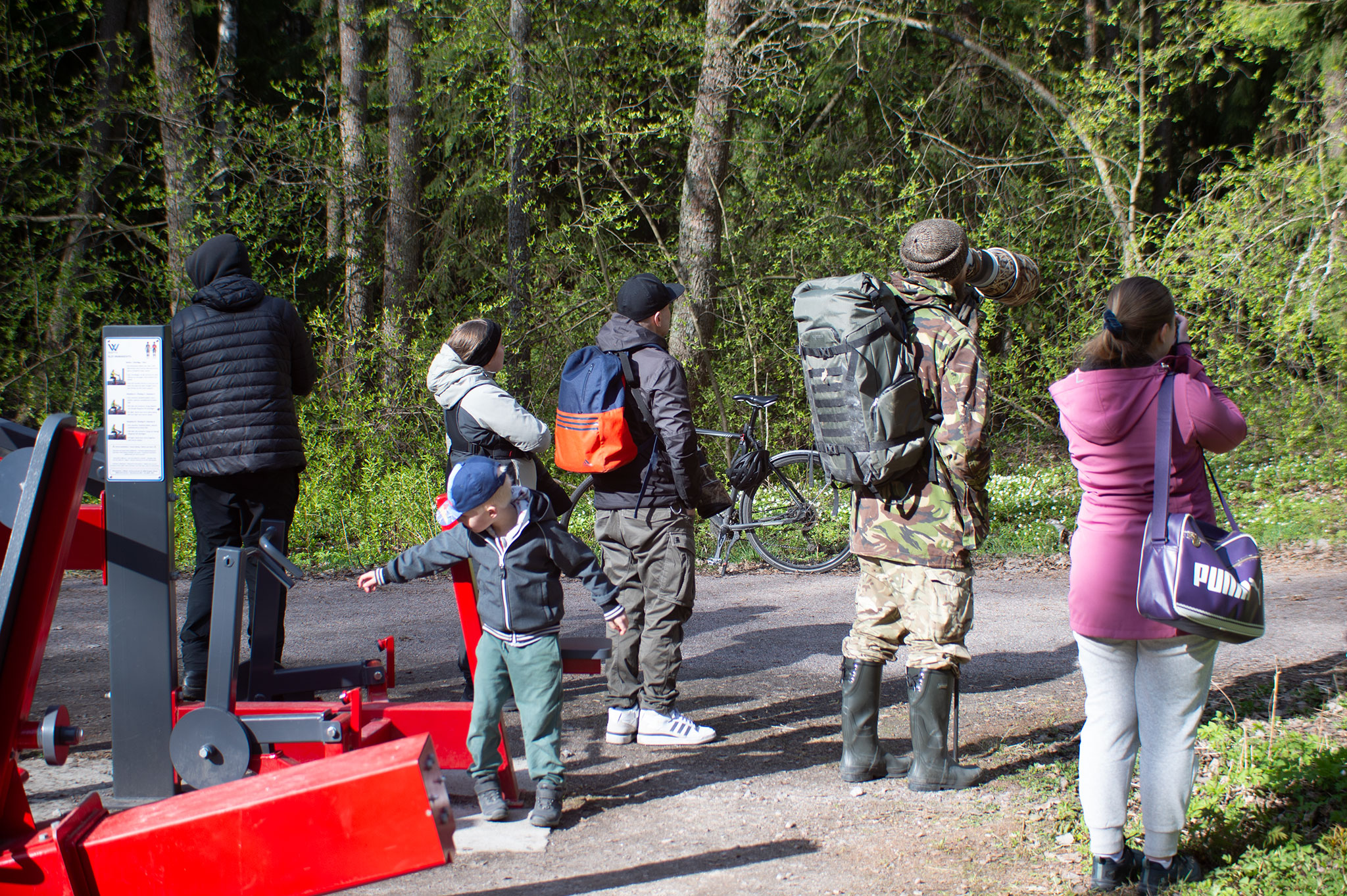
@ 80 mm, f/5.6, 1/250 s, ISO 200

@ 300 mm, f/8, 1/500 s, ISO 200
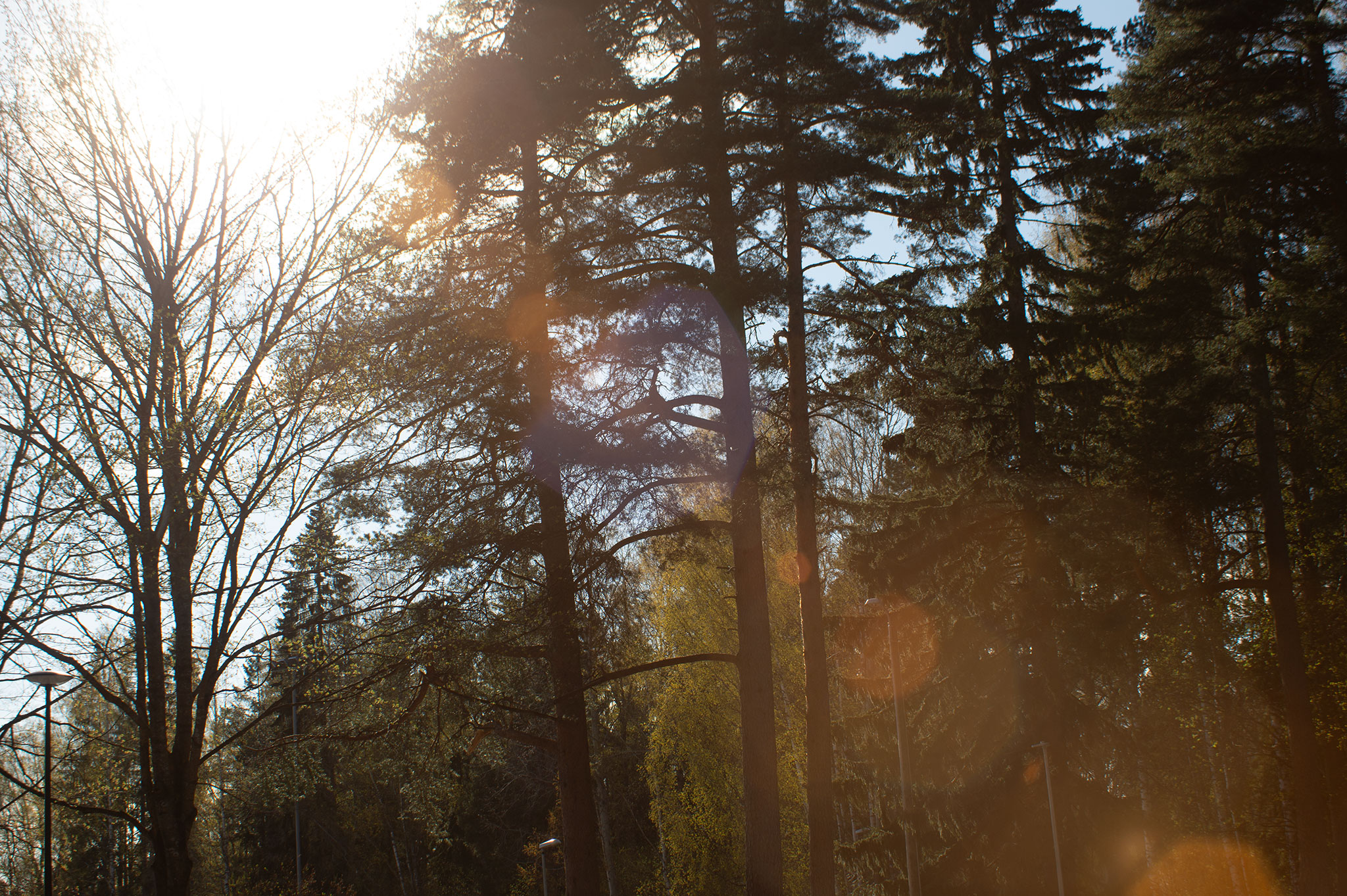
@ 50 mm, f/8, 1/400 s, ISO 200
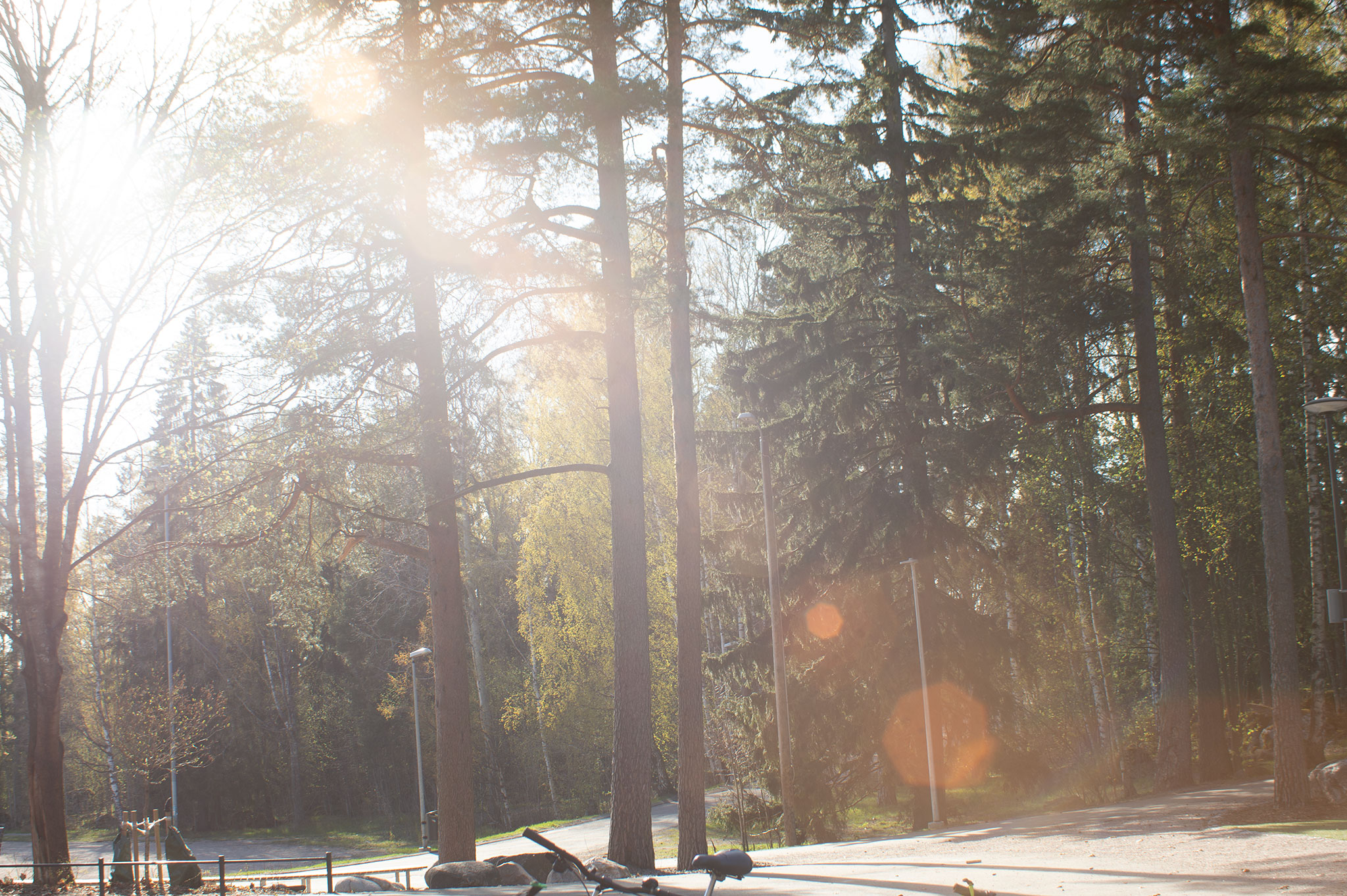
@ 50 mm, f/11, 1/100 s, ISO 200
Postscript and sidenote:
While passing an outdoor gym we encountered a bunch of birdwatchers with everything from bridge cameras to super-tele lenses (I think I saw a 600/4 and a 800/5.6 and some more pedestrian lenses). Seemingly they had spotted a specimen of the ‘common firecrest’ (Regulus ignicapilla), which – in defiance of its english name – is everything but common up here in the north (the first specimen was spotted on the Finnish mainland only in 2017).
Knowing I did not have the suitable gear to go up against my fellow photographers, I contended myself with following the antics of my fellow photographers (and the twins at the outdoor gym). Until – that is – the little birdy landed in a small spruce close to me. By this time it was already getting dim, and I did not have the time to go for auto ISO nor find anything to support the lens.
The results (below) are to be seen more as one of the many reasons why I admire those photographers of old who were able to get nice pictures of mobile objects without the advantage of autofocus.
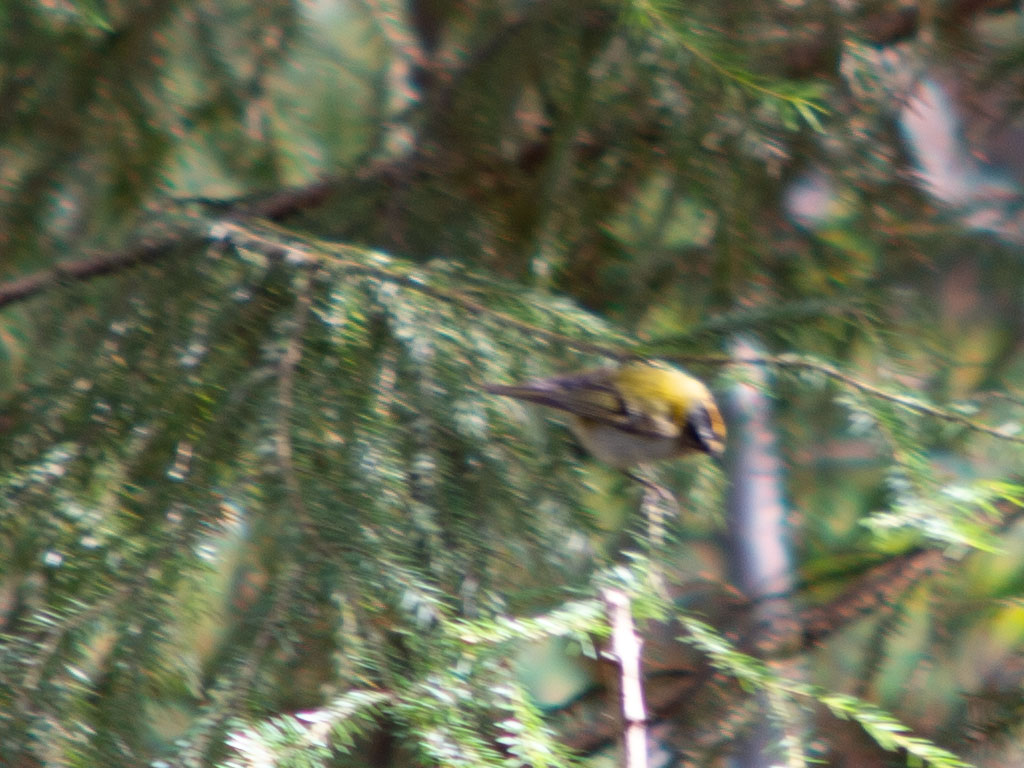
@ 300 mm, f/5.6, 1/80 s, ISO 200 (definitely no tripod)

Comments